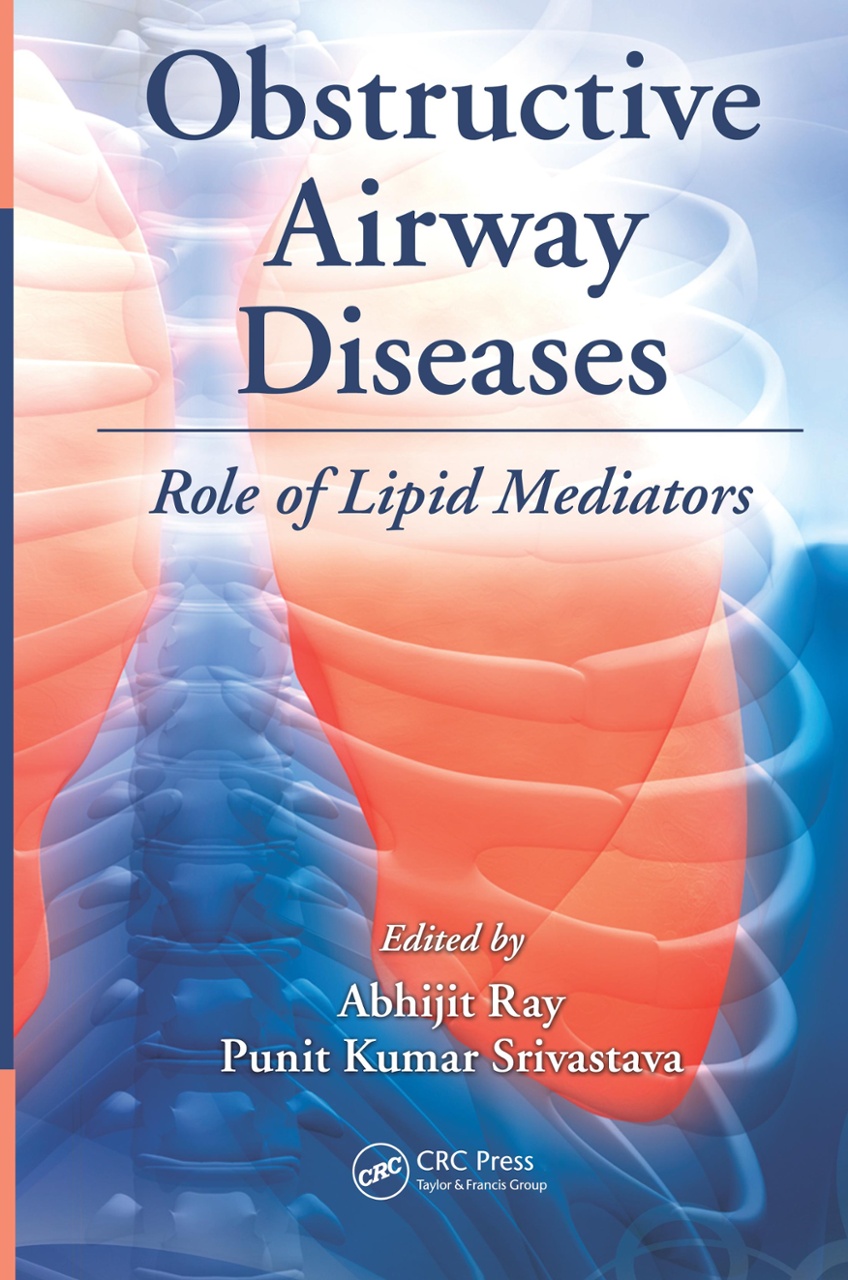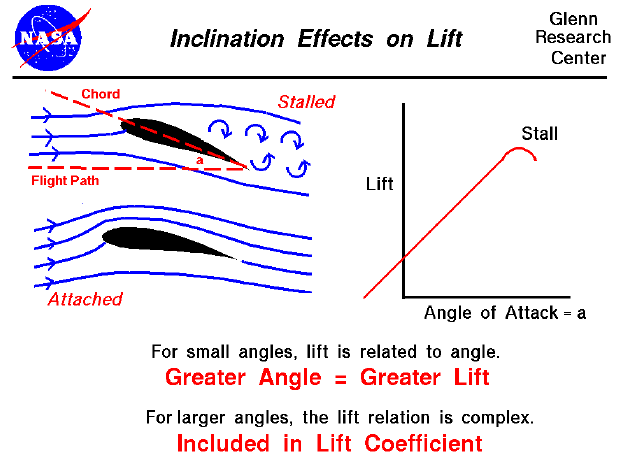Do Fly Ribbons Attract Flies: A Comprehensive Analysis
Guide or Summary:IntroductionMaterials and MethodsResults and DiscussionIntroductionIn the realm of environmental aesthetics and pest control, fly ribbons h……
Guide or Summary:
Introduction
In the realm of environmental aesthetics and pest control, fly ribbons have emerged as a popular decorative item with potential utility. These colorful, lightweight strips are often used to create vibrant outdoor displays or to adorn personal spaces for festive celebrations. However, a common question arises: do fly ribbons attract flies? This inquiry delves into the scientific principles behind the interaction between fly ribbons and flies, examining the factors that influence their effectiveness in repelling or attracting these winged insects.
Materials and Methods
To comprehensively analyze the impact of fly ribbons on flies, we conducted a series of controlled experiments under various conditions. Our study involved several components:
1. **Ribbon Types**: We utilized different materials and colors of fly ribbons, including plastic, fabric, and metallic ribbons, in a range of vibrant hues such as red, yellow, blue, and green.

2. **Fly Species**: We focused on common domestic flies, including house flies (Musca domestica) and fruit flies (Drosophila melanogaster), as these are the most prevalent in residential and commercial settings.
3. **Environmental Factors**: We assessed the impact of environmental variables such as temperature, humidity, and light exposure on the interaction between fly ribbons and flies.
4. **Observational Techniques**: We employed visual observation and time-lapse photography to monitor the behavior of flies around the fly ribbons.
Results and Discussion
Our findings indicate that fly ribbons can indeed attract flies, particularly under certain conditions. Here are the key observations:

1. **Color Preferences**: Flies showed a significant preference for bright, contrasting colors such as red and yellow. These colors are known to be highly visible and can attract the attention of flies, especially in dimly lit environments.
2. **Material Impact**: The type of material used in fly ribbons also plays a crucial role. Plastic ribbons were found to be more attractive to flies compared to fabric or metallic ribbons. This is likely due to the reflective properties of plastic, which can mimic the shiny surfaces that are naturally appealing to flies.
3. **Environmental Conditions**: The effectiveness of fly ribbons in attracting flies varied with environmental conditions. In humid and warm environments, fly ribbons were more effective at attracting flies, possibly because these conditions enhance the activity levels of flies and increase their likelihood of encountering the ribbons.
4. **Behavioral Response**: Flies exhibited a range of behaviors when interacting with fly ribbons, including hovering, landing, and attempting to crawl along the ribbon. These behaviors suggest that flies perceive fly ribbons as potential sources of food, mates, or shelter.

In summary, fly ribbons can indeed attract flies, particularly under specific conditions such as warm, humid environments and with the use of bright, contrasting colors and reflective materials. Understanding these factors can help in designing effective pest control strategies that leverage the visual appeal of fly ribbons while minimizing their impact on fly populations. As such, fly ribbons offer a unique blend of decorative and practical benefits, making them a versatile tool in both residential and commercial settings.